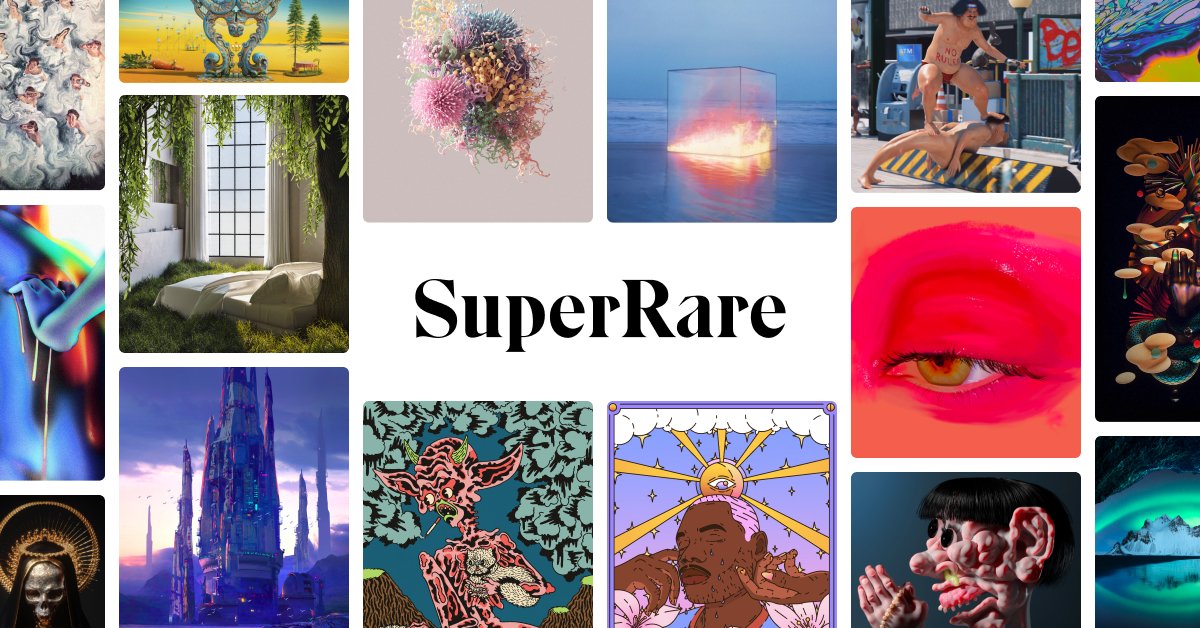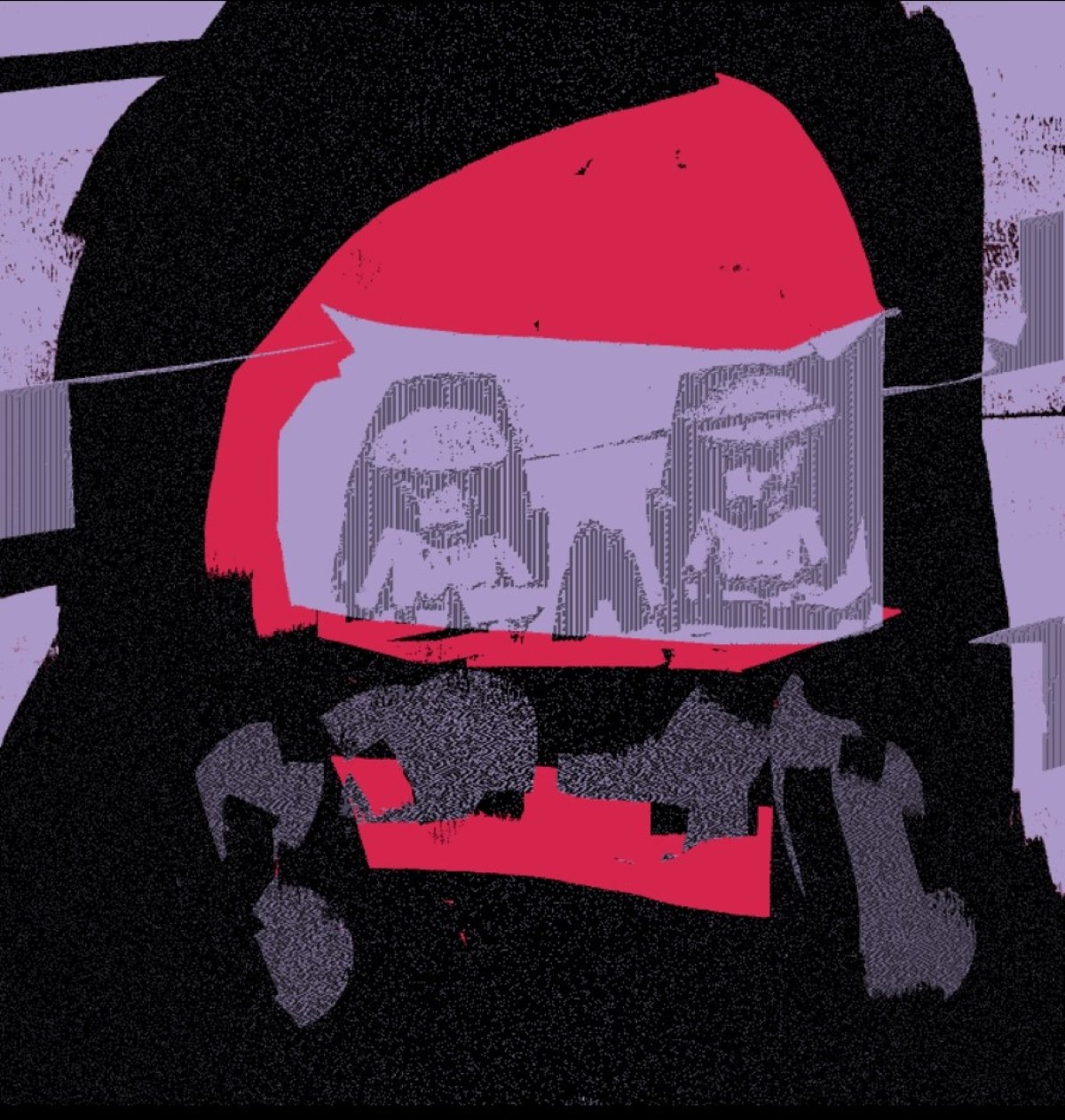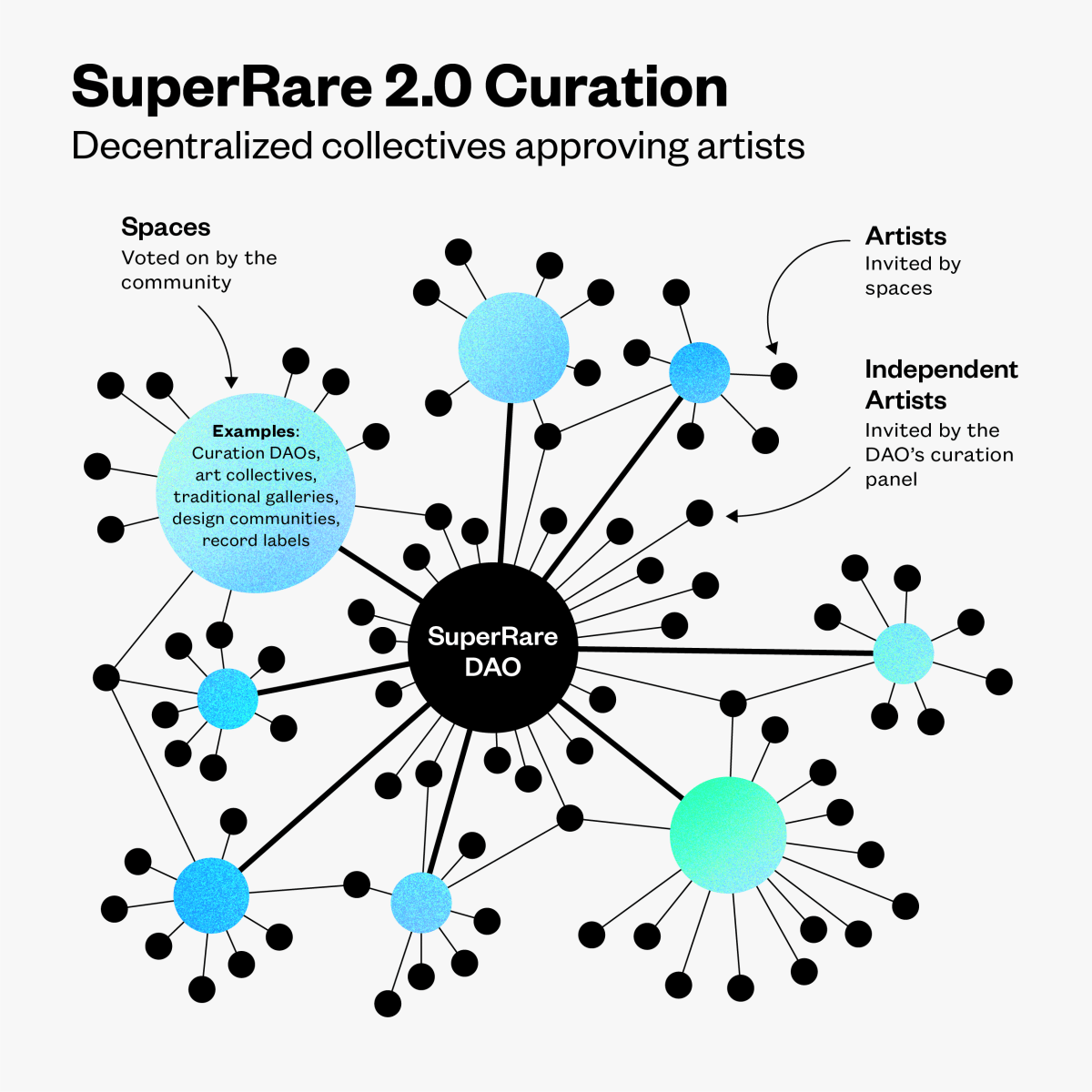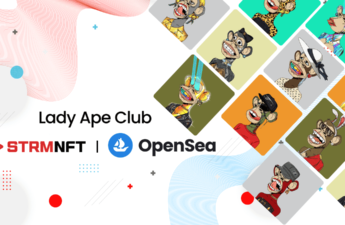Even before launching SuperRare in 2018, John Crain had been thinking about the landscape of digital art and the future of art collection for some time. Now, as the co-founder and CEO of the leading platform for digital art curation, Crain and his team have a large hand in shaping that future.
Quoted are condensed and edited for clarity.
Who is John Crain?
The journey of SuperRare begins in 2018 when the NFT marketplace first launched. But for CEO and co-founder John Crain, the story starts years before that, when he first started down the path that would see him leading the most respected curated art platform in the NFT space.
Crain’s background is in design and engineering, having studied architecture and civil engineering at university. Eventually, however, he decided to pursue a different career path. Albeit one that still catered to his interests in design.
“I went to work in advertising in New York. And I did a lot of open frameworks and processing, kind of like creative programming while I was working in the ad agencies. This exposed me to generative art and digital art, which is always something I had been interested in.”
Around that time, while living in New York, Crain got his first taste of the cryptocurrency space.
“I started going to different meetups, and one of those was the New York Bitcoin meetup. And you know, as many folks do, I learned more things and fell down the rabbit hole.”

The SuperRare CEO’s road to Web3
Crain found himself so inspired by the emerging technology that he decided that he had to work in the crypto space. In fact, he made that decision right around the time that Ethereum had launched. Crain eventually went to work for two years at Block Apps, the first company incubated out of the Ethereum venture studio ConsenSys.
At the same time, Crain was becoming more intrigued by the potential of Web3, and how it could enable “new business models for different creative endeavors”. Particularly, he saw the advantages of Web3 over the predominant models of content distribution.
“This model of, We create something interesting, we post it on Instagram, Mark Zuckerberg sells ads against it, was not exactly equitable, in my opinion.”
This particularly played into his belief in the ERC 721 standard. He saw how it could simplify asset transactions, especially in the generative and digital art fields that were near and dear to him. Finally, he left ConsenSys in late 2017. And began working on a prototype that would eventually become SuperRare.

What is SuperRare?
A staple of today’s market, SuperRare started from a simple idea. Indeed, the art world problem that the blockchain and NFT token standards had solved was one that the SuperRare CEO noted long before the days of Ethereum.
Namely, the problem Crain took note of was the roadblocks and conventions that made it harder for people to collect traditional art. Coming from the viewpoint of an art lover, Crain saw how much was lacking in the average experience that he and his peers had when it came to art collecting.
“There’s this layer of pretension and seriousness that can be part of the market. It can be a huge turnoff if people are interested in collecting art, but then they go to an art fair, or a gallery, and they’re getting sized up by people. It can be a slightly awkward social interaction.”
Thus, Crain looked to explore how NFTs could facilitate transactions with fewer barriers – not just for artists, but for their audiences as well. “This would allow people who were interested in art, but didn’t necessarily think of themselves as art collectors, to start to do so very easily.”
Crain long believed that once there was a way for more potential collectors to effectively join the market, the market would grow significantly. As he says,
“Part of the hypothesis is that [the art market] could be much larger actually, than the existing market, because it’s very hard to get access to. But with some of these technologies, you can be anywhere in the world and buy art from anyone you want.”

The rapid ascension of NFTs took John Crain by surprise
As much as Crain believed that NFTs could eventually reach a large audience, he admits that he was surprised by the incredible growth of the space.
“Having been around for quite a while, I knew that it could happen, but I did not expect it to happen so quickly. The rate at which NFTs jumped into the mainstream Zeitgeist was pretty shocking.”
He notes as many do, the Beeple sale as being a specific moment that drove unprecedented interest in crypto art. As a matter of fact, Crain made sure to temper the team’s expectations in those record-setting months. After all, movement on NFT marketplaces is incredibly volatile and, sadly, the market doesn’t ever only go up.
Although initial NFT excitement did focus on 1-of-1 digital art, attention soon flowed to another corner of NFTs. Obviously, generative NFT avatar collections have taken up the most oxygen in the NFT space over the past year.
Crain sees the current NFT hype as “a blessing and a curse”
On one hand, those trends certainly affect the entire NFT space. On the other, SuperRare occupies a spot within the wider NFT world that’s somewhat removed. Artists and art are the clear focus of the platform, which has made its name through its marketplace curation.
In contrast, more general platforms are more at the mercy of PFP collections. Not only that but hype is ultimately the number one factor driving that market. Interestingly, Crain notes that while unsustainable, the increased interest does have major upside for the overall growth of NFTs.
“I think the speculation is a blessing and a curse. On one hand, it’s teaching people what it feels like to collect digital assets. So the blessing is that’s helping raise awareness and get people interested in this space.
The downside, obviously, is that people are going to lose money on these things. And if they’re collecting them purely for speculative reasons, that doesn’t necessarily end well.”
With all that said, Crain marks the current market as a “net positive” for the space.
“I think people see a lot of what’s happening with PFPs. And then, as they dig a little deeper into the culture, they get excited when they find out that there really are strong cultural roots. And people are doing this just for the passion.”

Balancing decentralization and curation
There’s an interesting balance SuperRare has to walk. As valuable as its curation efforts are, Crain acknowledges that it’s important that the platform doesn’t itself become a gatekeeper resembling the institutions that Web3 fundamentally aims to make a thing of the past.
Ironically, gaining a reputation as the best curator in NFT art wasn’t a primary goal of Crain and his team. Rather, it was just a part that SuperRare noted was a big piece of the collector experience.
“When we first launched, we weren’t like, Alright, we’re gonna build the best curation in the space. We just felt that it was extremely important that people be able to trust the art that they saw. It’s less about, you know, is the art good or bad and more like, is it genuine and authentic.”
Crain sees the SuperRare DAO as central to the platform’s future
A major milestone for SuperRare came in the second half of last year. That’s when it officially launched the SuperRare DAO and governance token, $RARE. Most importantly, this provided a framework for the SuperRare community to take part in the platform’s industry-leading curation.
At this stage, the SuperRare DAO is providing SuperRare an avenue to maintain the quality of its curation while moving to a more decentralized marketplace. It does this by giving its DAO members an increasing amount of say in how the platform runs.
“I really think that something like a governance token is very powerful when you want to get people to stick together. We’re really trying to build a decentralized art market, and this is going to require a lot more than our small SuperRare Labs team, right? We need a whole bunch of different opinions and different people to be involved in this endeavor.”
Now building a quality decentralized art market that’s also responsive and innovative is far from an easy task. In any case, it’s a clear way forward for Crain and the SuperRare Labs team.
“I think in the long run, it’s a more sustainable way to build a community and a product at the same time. The SuperRare DAO and the $RARE token are really getting the community involved in the product development process.”

John Crain on Spaces and what’s next for SuperRare
Crain points to the SuperRare Spaces as an important element of SuperRare’s decentralized future. For those who don’t know, SuperRare Spaces are independent storefronts that the community runs.
Beyond following the SuperRare community guidelines, Spaces are free to make their own decisions on curation, promotion, and art sales. There’s a limited number of SuperRare Spaces and they are all governed by the community.
As part of this initiative, SuperRare started doing what it calls “The Space Race”. As shown in the above graphic, it’s a system for the community to elect new Spaces. SuperRare completed its first Space Race back in December 2021. In addition, it’s looking to host the event monthly as soon as possible.
Notably, Crain points to wide participation in the event pointing to a bright future for community governance in SuperRare.
“The Space Race is a great example of community governance that has very high engagement. If you think about DeFi protocols and turnouts for votes, it’s very low compared with something like the space race.”
Above all, SuperRare will continue to explore how it can best execute community curation. With its first-ever physical gallery exhibition opening later this month, and more major projects sure to come, it seems like SuperRare will keep on setting the pace for NFT art platforms moving forward.
Are you tired of missing important NFT drops?
Just check out our NFT Calendar!
Receive the biggest NFT news of the day & recommendations in our Daily newsletter.
All investment/financial opinions expressed by NFTevening.com are not recommendations.
This article is educational material.
As always, make your own research prior to making any kind of investment.




